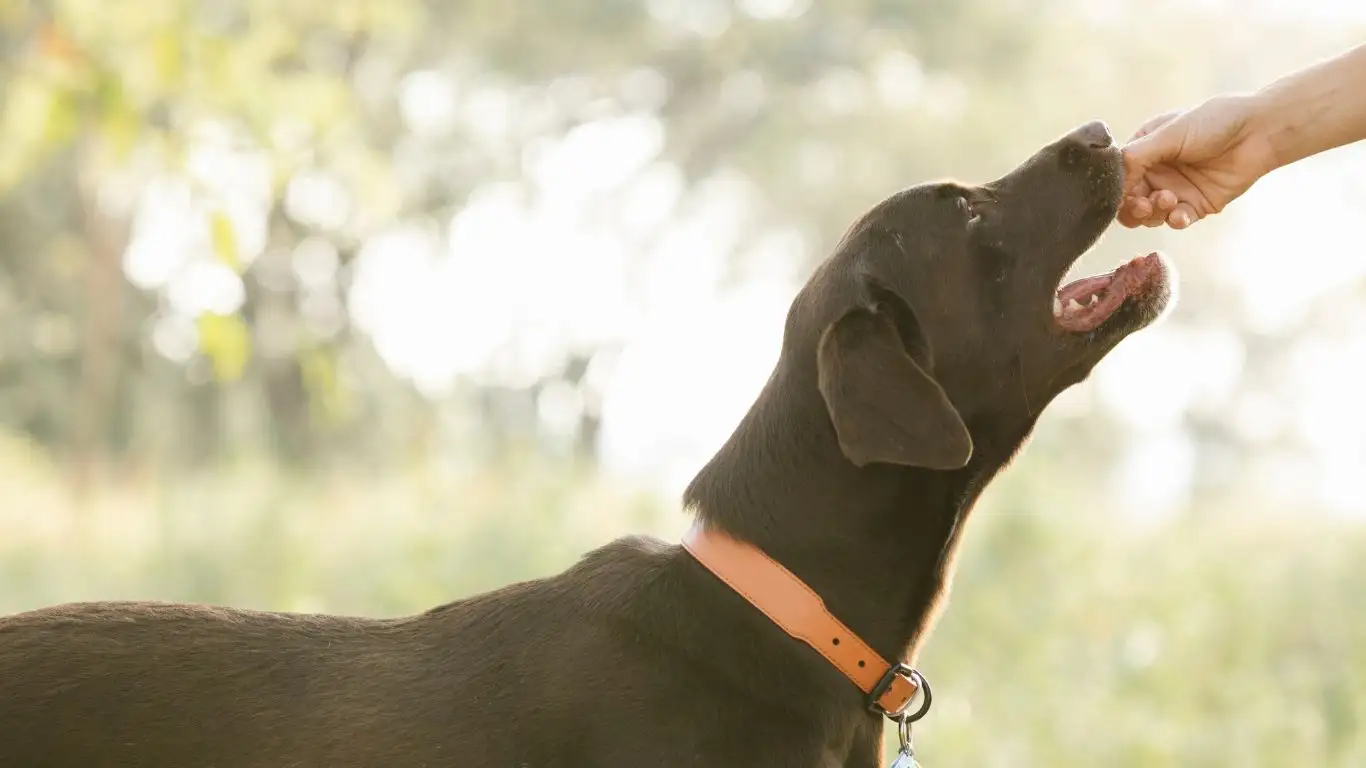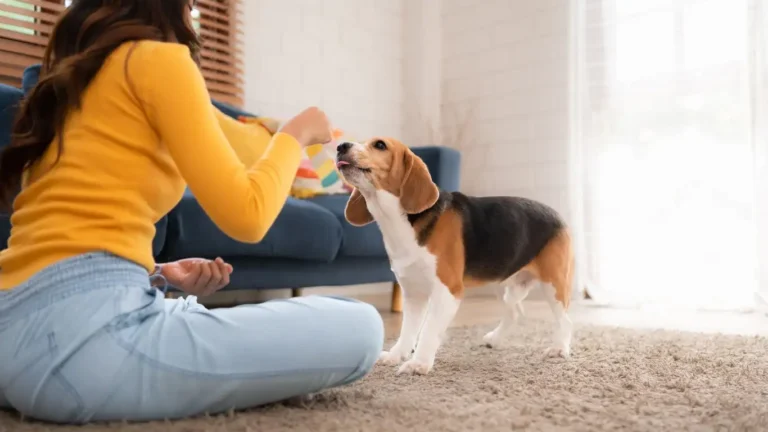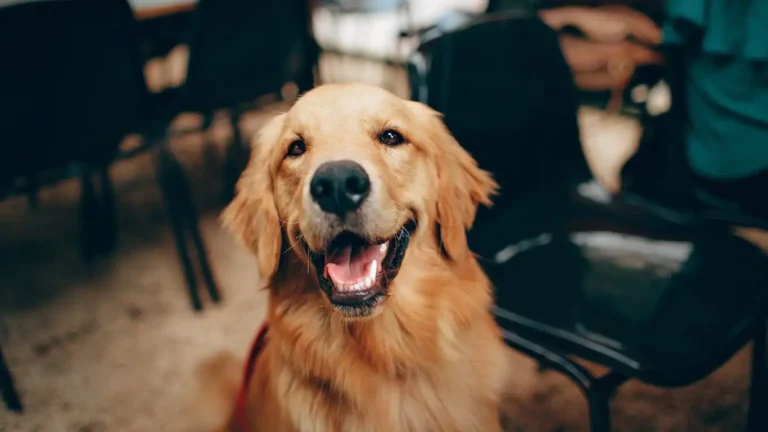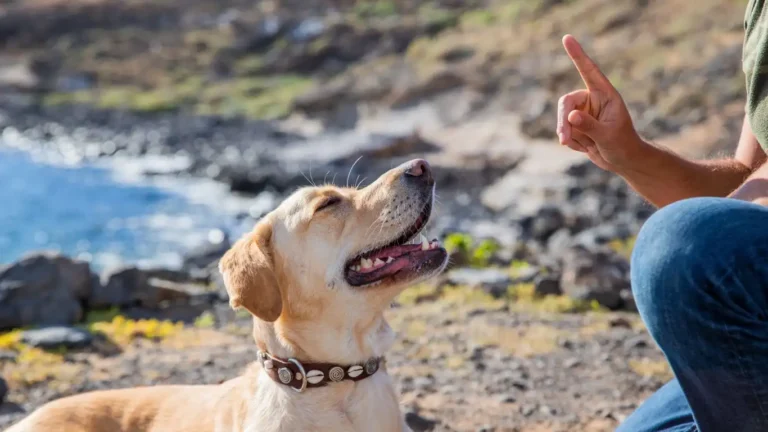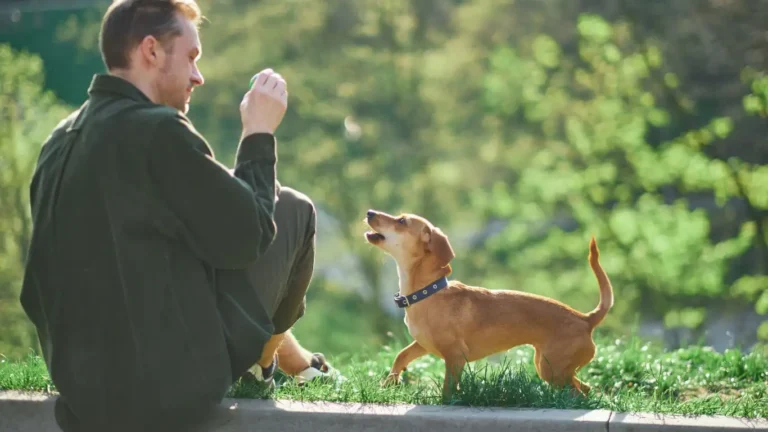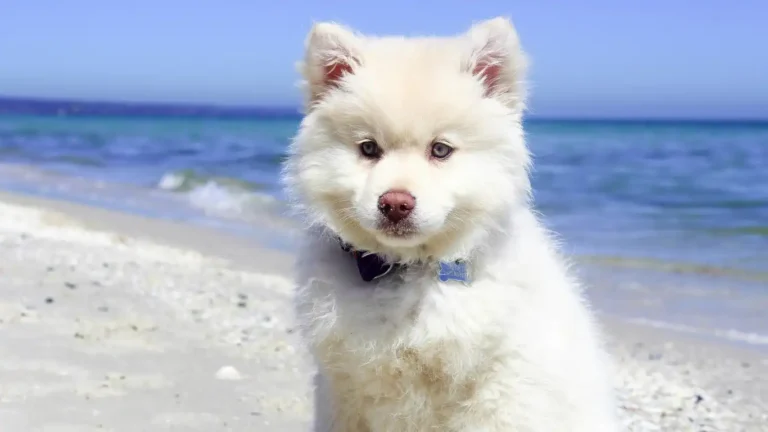Master How to Train a Dog to Respond When Distracted by Smells Like a Pro
Training a dog to respond when distracted by other smells is one of the more challenging aspects of canine obedience. As a Canine-Assisted Therapy Trainer, I’ve worked with a wide range of dogs, from those who have a mild curiosity about their surroundings to dogs who get totally lost in a world of smells. If you’ve ever tried to walk your dog through a park or a crowded street and noticed them getting *completely* distracted by every new scent, you know exactly what I mean. It’s not only frustrating but can also be unsafe for your dog and those around them. Today, I’m going to walk you through some practical tips and methods that can help you train your dog to focus, even when the world is filled with fascinating odors.
Understanding Your Dog’s Sense of Smell

Before diving into the training itself, it’s essential to understand the amazing sense of smell that dogs have. Their noses are incredibly powerful, so much so that they can smell things at concentrations 10,000 to 100,000 times lower than humans can. This extraordinary olfactory ability is what makes them such incredible trackers and search-and-rescue animals. However, this heightened sense of smell can sometimes work against you, especially when you’re trying to train them to ignore distractions in the environment.
Think of it this way: Imagine you’re walking through your neighborhood, and suddenly, you can detect a faint smell of your favorite food wafting in the air. For you, it’s just a pleasant distraction, but for your dog, it’s a full-on sensory experience that demands their attention. Understanding this natural instinct can help you be more patient during the training process, and it’s the first step in creating a successful strategy.
What Causes Distraction in Dogs?
The Power of Smell
As mentioned earlier, dogs experience the world through their sense of smell. But beyond that, dogs are naturally inclined to seek out and investigate these smells as part of their survival instinct. Whether it’s the scent of another dog, food, or something entirely random like a dropped piece of candy, these smells can easily overwhelm your dog’s focus, especially in environments with multiple stimuli. So, when you’re trying to train your dog to stay focused on you rather than the delicious scent of something else, you’re asking them to override a deeply ingrained behavior.
Unpredictability of Smells
Another reason dogs can get distracted by smells is because of the sheer unpredictability of them. Unlike visual stimuli, which are easier for us (and our dogs) to process and anticipate, smells can appear suddenly, and from directions we wouldn’t expect. For example, if you’re walking through a park, your dog may pick up the scent of another animal that passed by hours ago. That smell may not even be visible to you, but it’s there for your dog, lingering in the air, demanding their attention. This makes training especially tricky because you have to teach your dog not just to *ignore* distractions, but to *predict* when distractions will occur.
Training Focus and Impulse Control
When you’re working on training your dog to respond despite distractions, you’re also teaching them focus and impulse control. These skills are vital, especially for dogs who may struggle with attention issues or have high energy. For a therapy dog, for example, maintaining focus in the presence of distractions is a must. But it’s also important for pets in everyday life, whether you’re out on a walk or just trying to teach your dog basic obedience commands at home.
How to Train Your Dog to Respond When Distracted by Other Smells
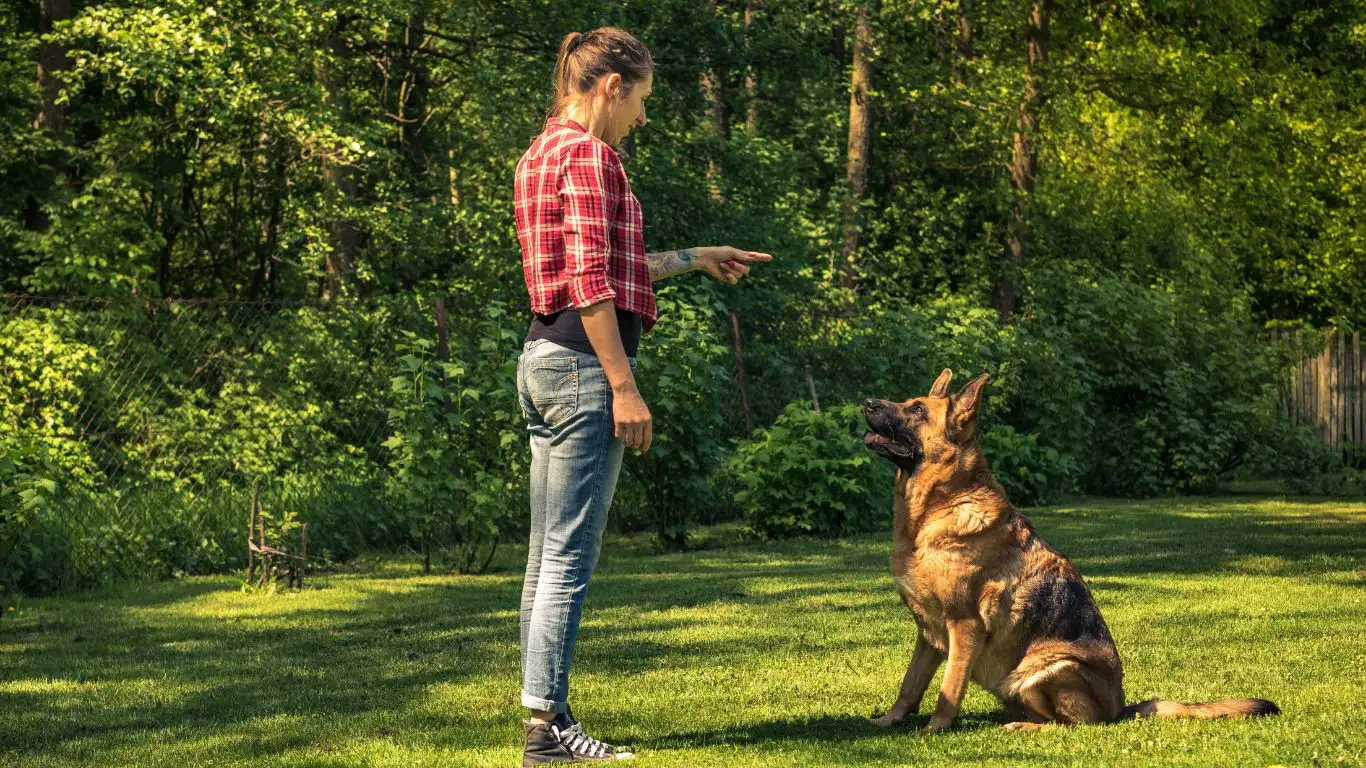
1. Start with Basic Commands
Before you can expect your dog to stay focused when they’re surrounded by distractions, you need to ensure they have a solid grasp of basic commands like “sit,” “stay,” “leave it,” and “look at me.” These foundational commands are crucial because they give you a set of tools to redirect your dog’s attention in any situation.
One of the most effective ways to practice this is by starting in a low-distraction environment. For example, you can practice “sit” and “stay” inside your house where there are fewer smells and distractions. Once your dog is consistent in this setting, you can gradually move to more stimulating environments like your backyard or a quiet park.
As your dog masters these basic commands, you’ll be able to start incorporating them into real-world scenarios, like when your dog is distracted by another smell during a walk.
2. Reward-Based Training
Dogs respond well to positive reinforcement, so when you’re training them to focus, make sure to use treats and praise as rewards for good behavior. For example, when your dog looks at you and ignores a distracting smell, immediately give them a treat and praise. This positive reinforcement helps your dog learn that paying attention to you rather than the smell leads to something good.
Pro Tip: Be sure to choose high-value treats—something your dog really loves. If your dog is food-motivated, this can be a game-changer when training in distracting environments.
3. Gradual Exposure to Distractions
When training your dog to stay focused around smells, it’s important to gradually increase the level of distraction. You wouldn’t take a dog who’s never been exposed to a busy street and expect them to walk calmly past a food cart with delicious smells wafting through the air. Start with small distractions—maybe a toy or another dog at a distance—and work your way up to more challenging scenarios.
Over time, your dog will learn that no matter how tempting the smell is, they can remain calm and focused when they hear your commands.
The Importance of Patience and Consistency
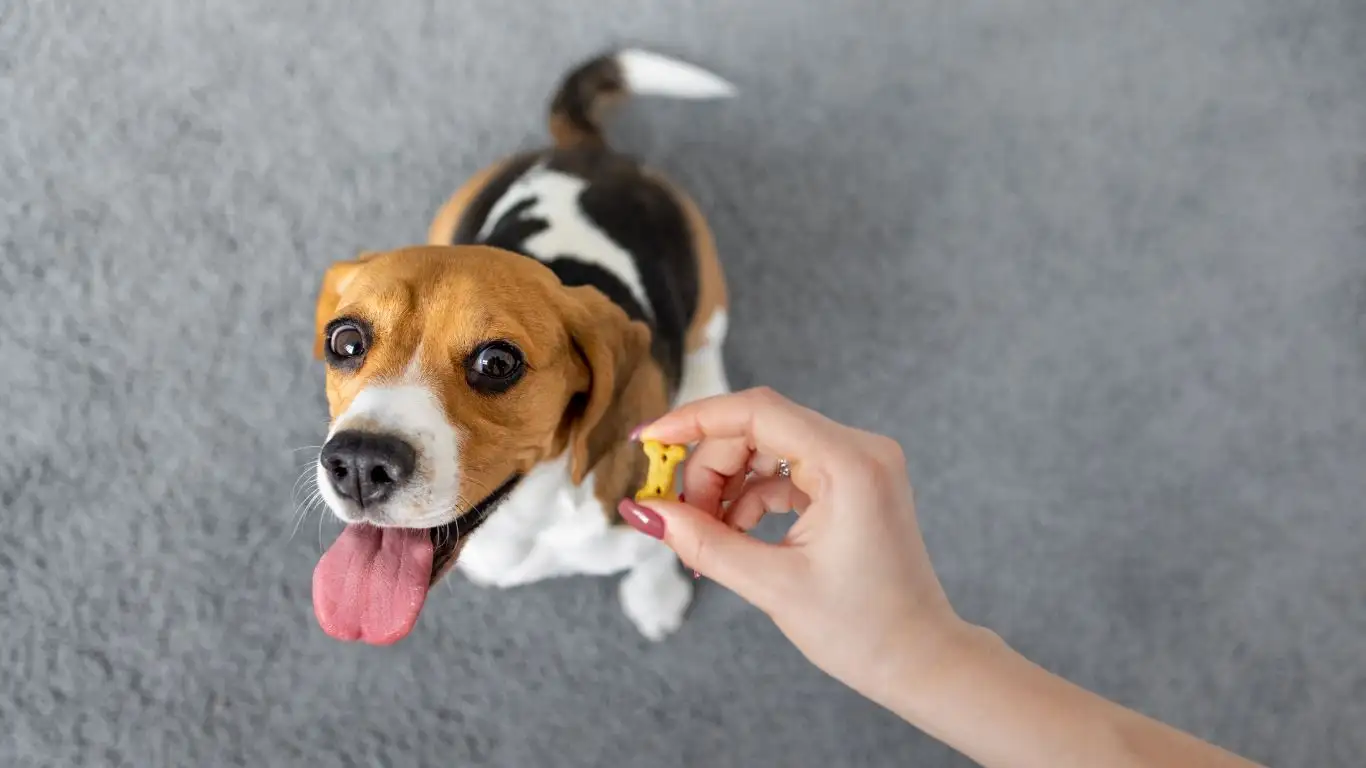
Training a dog to respond despite distractions requires a lot of patience and consistency. As with any form of training, there will be ups and downs, but it’s important to remain consistent with your commands and rewards. If you get frustrated or inconsistent, your dog may become confused, and the training process will take longer.
Consistency doesn’t just mean practicing the same exercises every day—it also means ensuring that everyone in the household is on the same page when it comes to commands and rules. If you give different cues or rewards for the same behavior, your dog won’t know what to expect, and it will make training more difficult.
With the right mindset, a clear plan, and plenty of practice, your dog will eventually learn how to focus even in the most distracting environments. But remember, training isn’t about perfection; it’s about progress. Celebrate each small victory, and enjoy the process of building a stronger bond with your dog.
Advanced Techniques for Focus Training
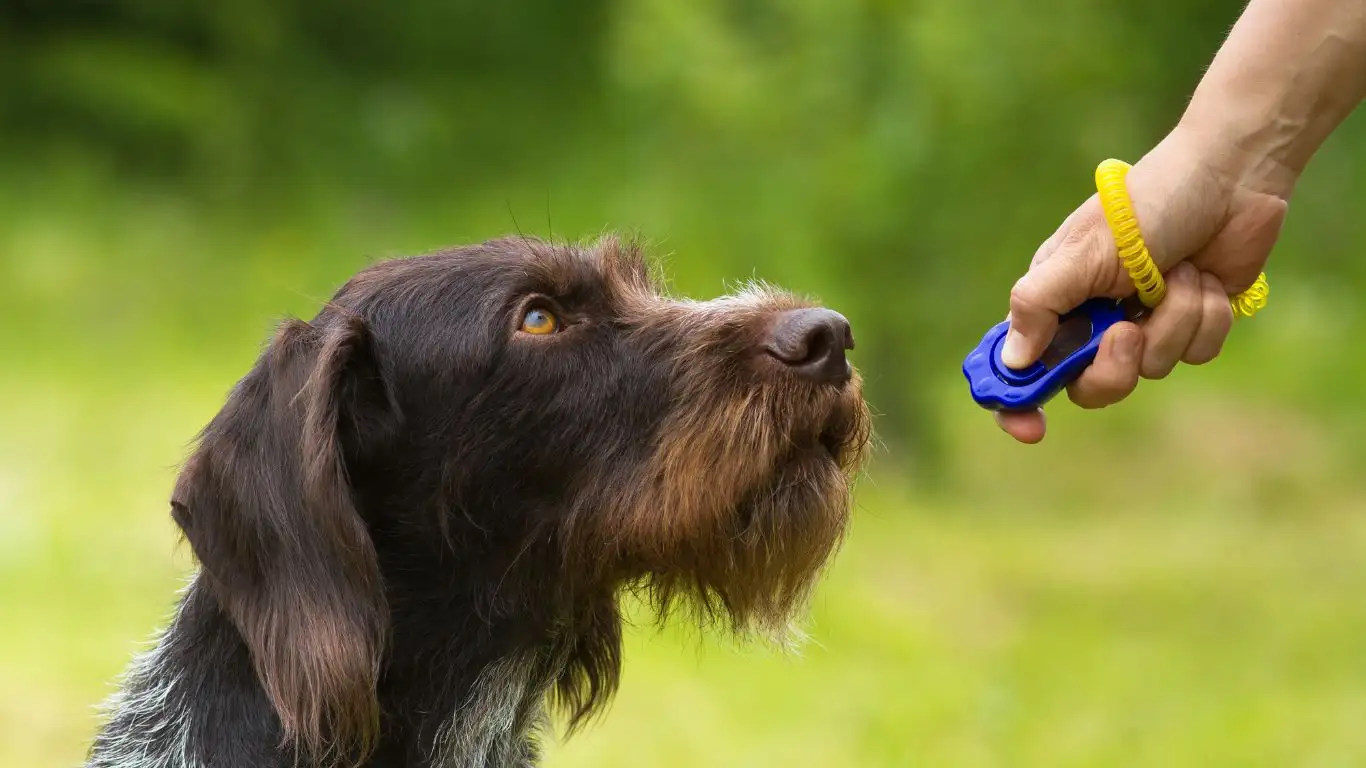
Once your dog has mastered basic commands and can focus in less distracting environments, it’s time to take things to the next level. This part of training involves pushing the boundaries and introducing more challenging distractions, specifically smells, in real-world settings. The idea here is to build upon the foundation you’ve already established and refine your dog’s impulse control when they encounter strong distractions.
4. Scent Training: Using Smells to Improve Focus
An excellent way to improve your dog’s focus around smells is to engage in some scent training. This method can be especially useful when you’re trying to teach your dog to ignore certain smells and instead focus on you or a specific task.
Start by introducing your dog to a specific scent that is neutral and non-distracting. It could be a unique essential oil or a scent from a toy they already know. Let your dog get used to the smell by sniffing it. Then, practice commands like “look at me” or “stay” while they’re exposed to that scent. Over time, they’ll learn that the scent is part of the training, and they can remain calm and focused even when other smells are around.
If your dog can master ignoring a specific scent in favor of focusing on you, they’ll be better equipped to handle more random distractions like food smells or the scent of other animals.
5. The “Leave It” Command
If you haven’t already introduced the “leave it” command to your dog, now is the time to do so. This is a crucial skill that can help your dog ignore tempting smells in their environment, whether they’re walking down the street or just lying in the house. The “leave it” command works by interrupting your dog’s behavior when they start to engage with something they shouldn’t, including smells.
To teach “leave it,” place a treat in front of your dog and say “leave it” in a firm but calm tone. When your dog ignores the treat, reward them with another, more desirable treat, or praise. Over time, they’ll begin to associate the command with the reward, and you’ll be able to use it to stop them from reacting to distracting smells.
6. Desensitizing to High-Value Smells
Now, if you’re ready to tackle the real challenge of training your dog to focus around high-value smells (think hot dogs, bacon, or the scent of another dog), you’ll need to desensitize them gradually. This process helps your dog become less reactive and more in control when exposed to irresistible scents.
Start by exposing your dog to the high-value smell at a distance. For instance, you could place the food or item several feet away from them and then ask them to focus on you using a command like “watch me.” If they manage to focus on you, reward them immediately. Over time, reduce the distance between your dog and the source of the smell while maintaining their focus on you.
It’s important to note that this process may take time, and some dogs may need more sessions than others. Consistency and patience are key here. In my experience, dogs that have a stronger prey drive or a more intense interest in food may need more exposure to succeed.
Environmental Training: Dealing with Real-World Distractions
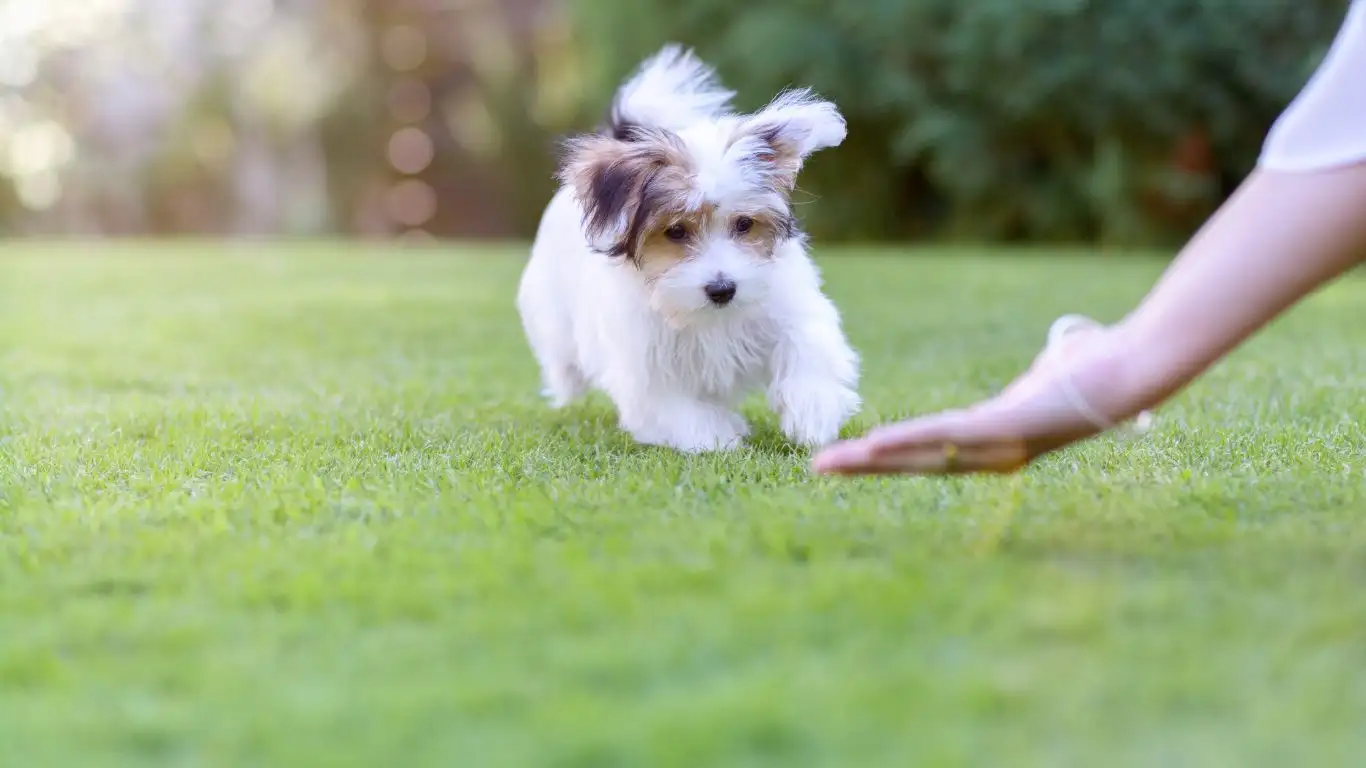
Once your dog is getting the hang of ignoring smells at home or in controlled environments, it’s time to take things outside and train in the real world. Outdoor environments are full of distractions, from food crumbs on the sidewalk to the scent of other dogs marking their territory. Your dog will have to learn to ignore all of these smells and stay focused on you when you ask for their attention.
7. Gradually Increase the Difficulty of Distractions
When it comes to real-world distractions, it’s important not to overwhelm your dog too soon. Start by taking them to a quiet park or less crowded area, where you can gradually expose them to distractions like people walking by or other dogs in the distance. Reward them for maintaining focus, and slowly increase the intensity of the distractions as they improve.
As you progress, you can take your dog to busier areas like city streets or dog parks. Always use a leash during these training sessions to maintain control and keep your dog safe. While in these environments, you can practice the “leave it” command when they show interest in something distracting. At the same time, continue to use your positive reinforcement for focusing on you.
8. Controlled Walks: Teaching Your Dog to Ignore Smells During Walks
Walking your dog is one of the most enjoyable activities for both you and your pet. However, walks can also be an opportunity for your dog to get distracted by all the amazing smells around them. If you’ve ever tried to take your dog on a walk and noticed them pulling toward a scent trail, you’ll know how hard it can be to keep them focused.
One of the most effective ways to train your dog to ignore smells during walks is through controlled leash training. Start by walking your dog on a short leash, keeping them close to you. As they begin to pull toward a smell, gently guide them back into position with the leash and reward them for focusing on you. The key here is to be consistent with the corrections and rewards.
As you practice this technique, your dog will start to understand that the walk is a time for focus and that they don’t need to investigate every scent they encounter. Over time, they’ll become more relaxed and less reactive to the smells that once captured their attention.
Building a Stronger Bond Through Training
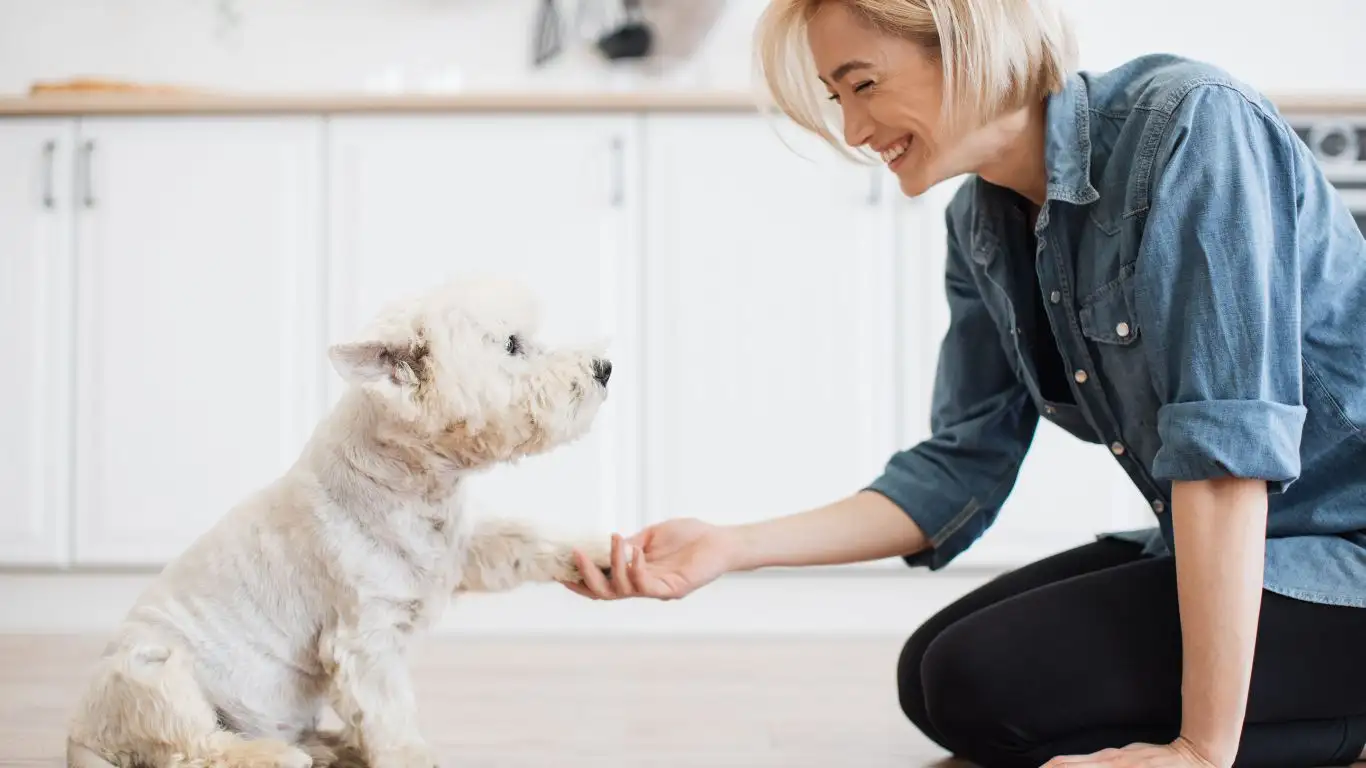
Training your dog to focus when distracted by smells isn’t just about obedience—it’s also about building a stronger bond with your dog. Through consistent training, you’ll learn more about your dog’s behavior, and your dog will learn that you’re their trusted guide. It’s a partnership that helps strengthen the connection between you both and improves your dog’s overall behavior in any situation.
The process may take time, but with patience, practice, and plenty of positive reinforcement, you’ll be amazed at how your dog will learn to tune out distractions and focus on you. Whether you’re out on walks, working on therapy tasks, or simply enjoying the outdoors, your dog will have the skills they need to handle even the most tempting smells with ease.
Troubleshooting Common Issues When Training Your Dog to Focus

Even after consistent training, there are times when your dog might still struggle to stay focused, especially around strong smells. Don’t worry, this is entirely normal, and you’re not alone! As a Canine-Assisted Therapy Trainer, I’ve seen plenty of dogs encounter roadblocks during training, and it’s important to address these issues as part of the journey.
1. Overexcitement and Impulsivity
One of the biggest challenges when teaching a dog to focus around smells is managing their level of excitement. Some dogs, especially those with high energy or strong prey drives, can get overly excited when they detect a new scent. This excitement can cause them to lose focus and disregard your commands.
In these situations, it’s crucial to build impulse control. You can do this by practicing exercises that encourage your dog to stay calm and think before acting. For example, you can use the “wait” command before feeding them or allow them to investigate a scent only after they’ve remained calm for a few seconds. Reinforcing calm behavior in high-energy moments helps your dog learn how to control themselves when distractions arise.
Another technique is to slowly increase the level of distraction while keeping training sessions short and rewarding calm behavior. If your dog gets too excited, it’s okay to pause and let them calm down before resuming.
2. Inconsistent Training Sessions
Inconsistent training is one of the main reasons dogs might not progress as quickly as expected. Just like any other skill, focusing around distractions takes practice—and consistency is key. If you’re only practicing once a week or letting a few days go by without reinforcing training, your dog might forget the behaviors you’re working on.
To keep your dog engaged and reinforce their learning, make training a part of your daily routine. Even short, 5-10 minute sessions throughout the day can make a big difference. Make sure to use the same commands, rewards, and tone of voice every time. This helps to establish clarity for your dog, so they understand exactly what you expect from them in various situations.
3. Environmental Factors: Too Many Distractions
As you’ve probably noticed, training in high-distraction environments, like busy streets or dog parks, can sometimes lead to setbacks. It’s easy for both dogs and humans to get overwhelmed by the sheer number of smells, sounds, and sights. If your dog is still struggling to stay focused, you may need to scale back and take a step-by-step approach.
Consider practicing in a quieter environment before introducing more chaos. It’s okay to take a step back and revisit easier distractions to build confidence. For example, if your dog is having trouble focusing on a walk, try practicing in your backyard or a nearby quiet street before tackling busier areas. As your dog becomes more accustomed to ignoring the smells and distractions in these lower-stress environments, gradually increase the difficulty level.
Keeping Your Dog Motivated and Engaged
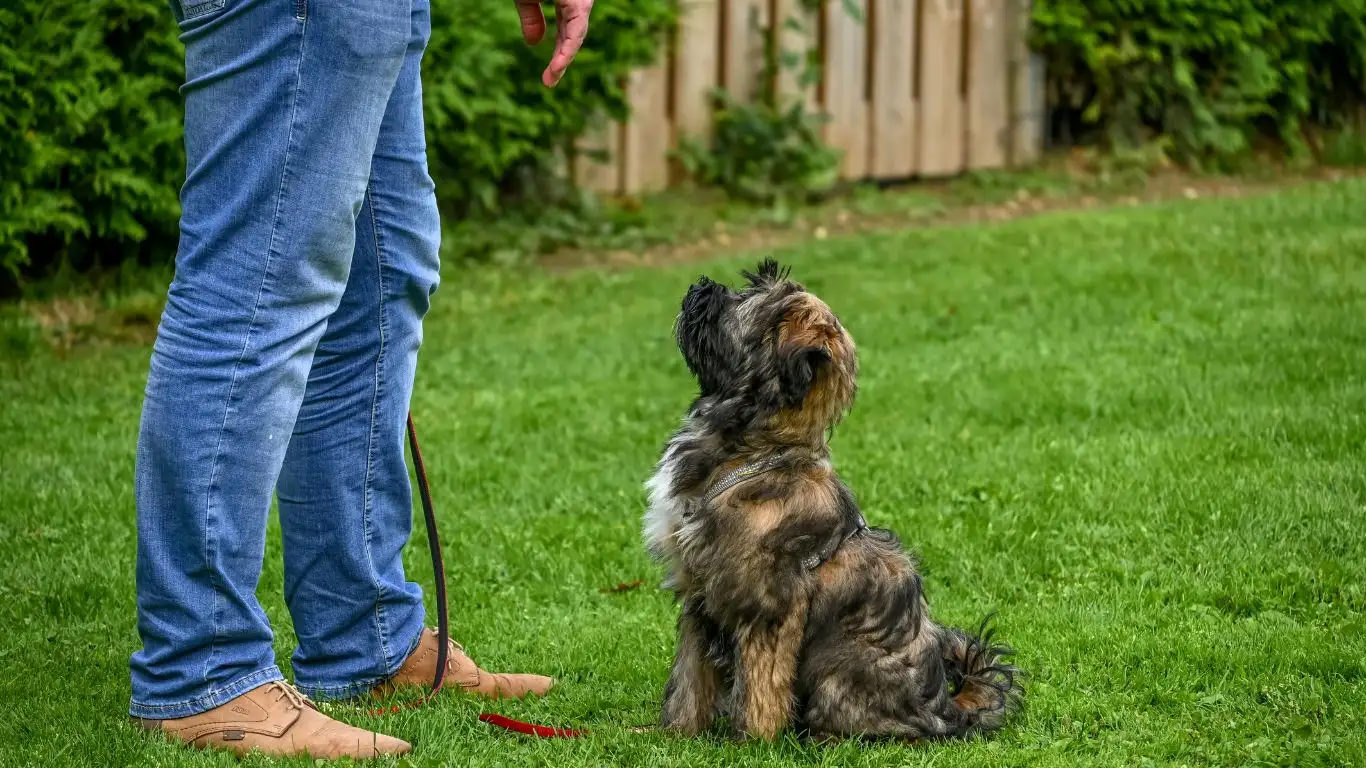
Training a dog to stay focused when distracted is a long-term process. So how do you keep your dog motivated through it all? Here are some tips to ensure your dog remains engaged and excited about the training:
1. Use High-Value Rewards
As mentioned earlier, using high-value rewards (something your dog really loves) is one of the best ways to motivate them. Whether it’s a specific treat or a favorite toy, these rewards will keep your dog focused on the task at hand. Be sure to mix up the rewards so your dog doesn’t get bored. For instance, on one day, you might use a tasty treat, while on another, you could reward them with a play session or a favorite game.
Keep in mind that the more challenging the distraction, the more rewarding the outcome should be. If your dog is successfully ignoring an intense scent, make sure the reward matches the effort.
2. Short and Sweet Sessions
Dogs, especially puppies, have short attention spans. That’s why it’s important to keep training sessions short, positive, and fun. If you push your dog too hard or for too long, they might lose interest and begin to associate training with frustration. Try to keep training sessions around 5-10 minutes, and make sure to end each session on a positive note. If your dog successfully focuses and ignores a smell, end the session with a rewarding experience.
3. Change Up the Routine
To keep things interesting for your dog, switch up your training routine every so often. You don’t always have to use treats or rewards in the same way. You can practice focus in different locations, or change the types of distractions you’re using. This variation helps keep your dog mentally engaged and challenged.
It’s also a good idea to incorporate play into your training routine. Dogs love to play, and using games like fetch or tug-of-war as rewards or training tools helps keep their attention sharp.
References
For more information on dog training and behavior, here are a few trusted resources that I personally recommend:
- American Kennel Club (AKC) – A great resource for dog training tips and breed information.
- PetMD – Offers a wealth of information on dog health, behavior, and training.
- National Institutes of Health (NIH) – Explore studies and information on animal behavior and training science.
- Health.com – For general health tips for both humans and dogs.
Disclaimer
While I have extensive experience as a Canine-Assisted Therapy Trainer, it’s important to note that every dog is different, and training results can vary. Some dogs may respond more quickly to certain techniques, while others may need extra time and patience. Always consult with a professional dog trainer or behaviorist if you encounter persistent issues or if your dog has behavioral concerns that require expert attention. This article is meant to provide general advice, but specific training plans should be tailored to meet your dog’s individual needs.
